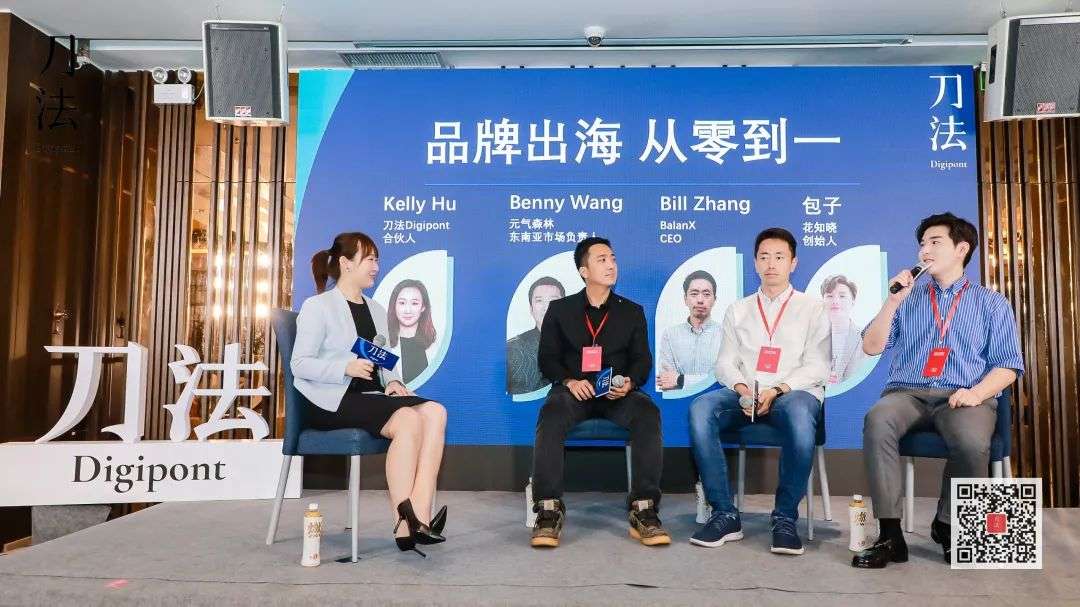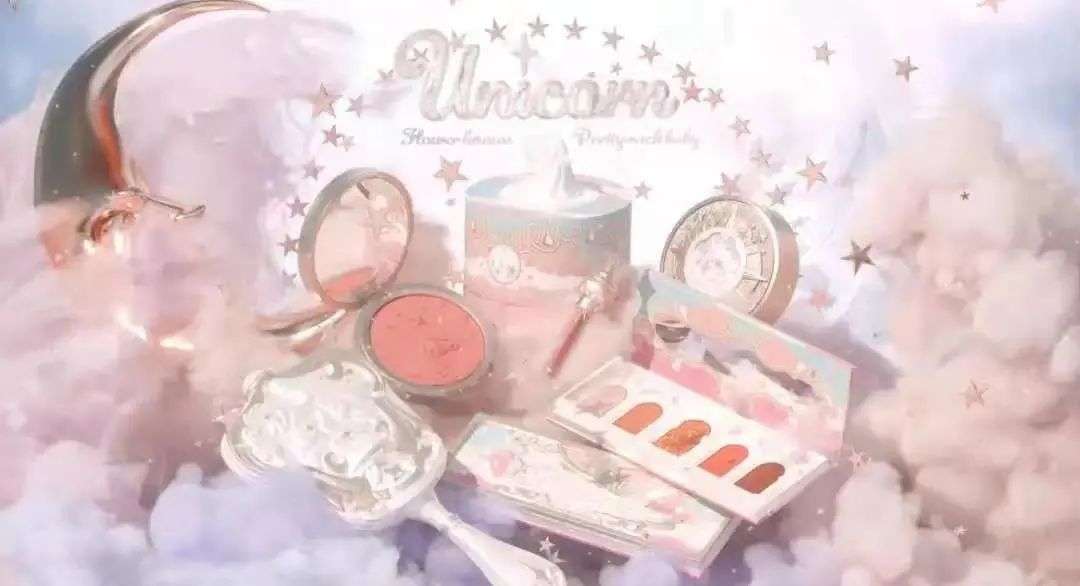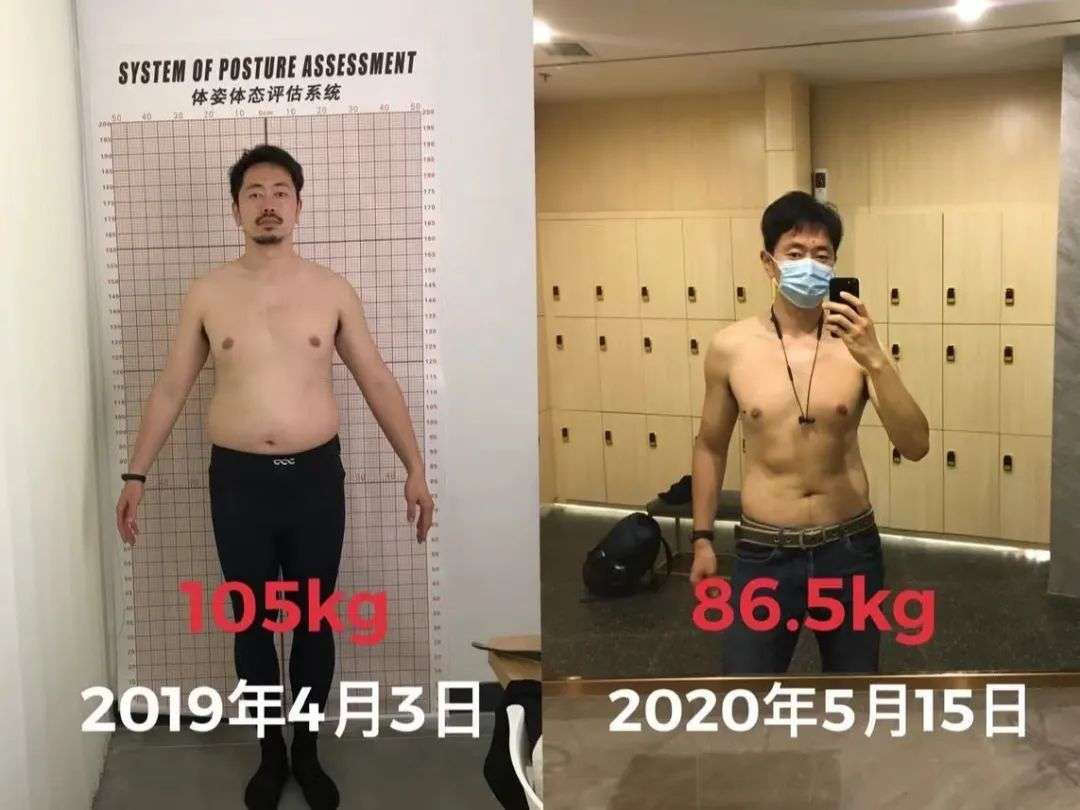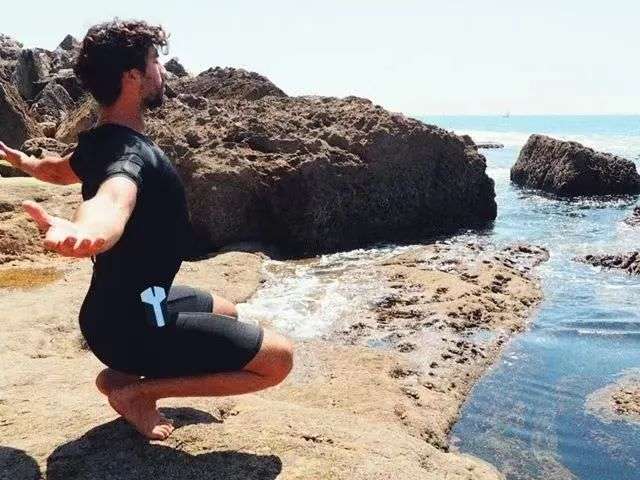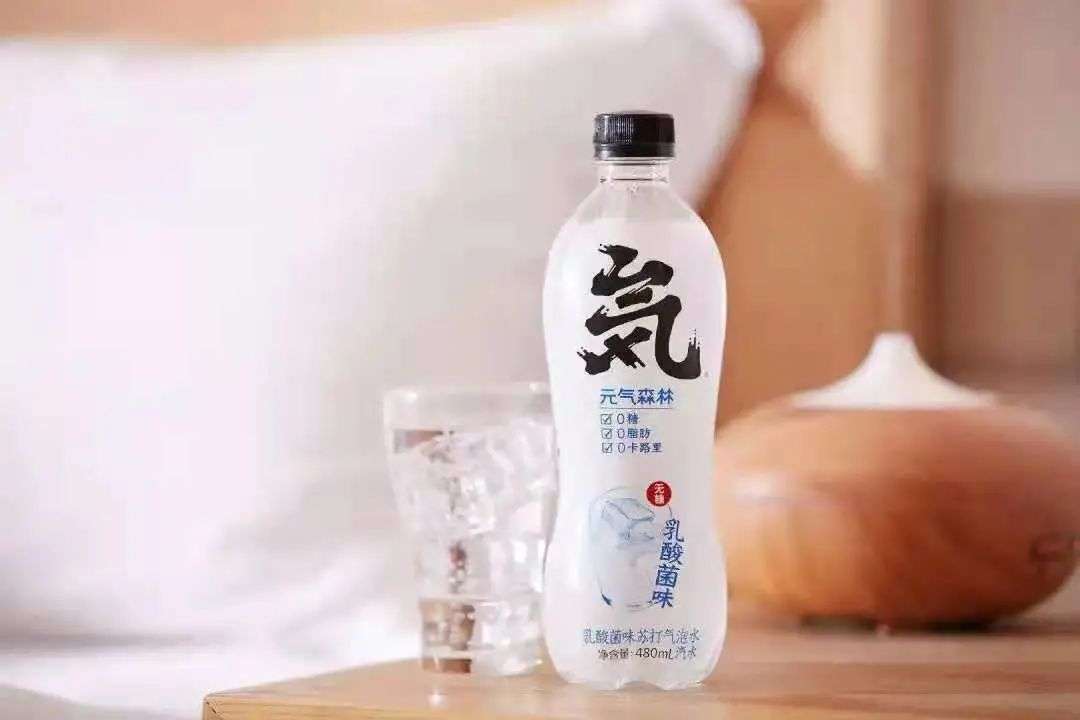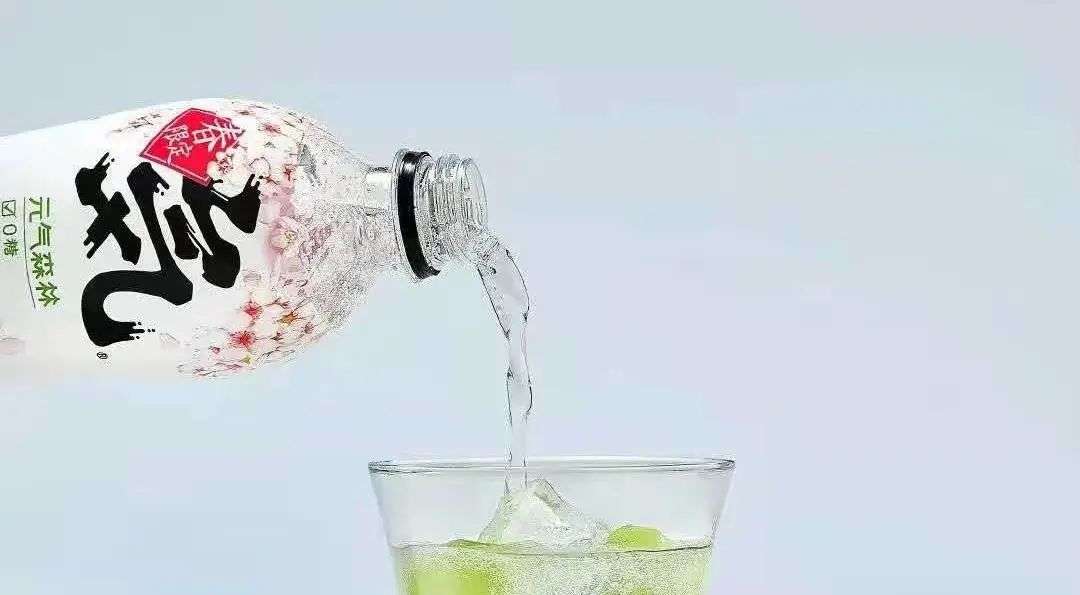Tinghua Knows, BalanX, and Yuanqi Forest talked about how the overseas brands lay out the path of growth from zero to one.
Editor’s note: This article is from the micro-channel public number “knife Institute” (ID: DigipontClub), Author: knife-line research.
From made in China to brands going overseas, the Chinese consumer market is stirring up a new round of storms. According to the prediction of China Galaxy Securities Research Institute, the vigorous development of cross-border e-commerce will give birth to nearly 500 billion incremental logistics market.
Concentrate on researching and developing products, or at the same time to build a brand? How to lay out the future growth path of the brand in the stage of going overseas from zero to one? Whether it is product localization, insights into new markets, or even team building, building a brand overseas is a difficult but interesting thing at the same time.
At the 2021 Knife “Brand Going Global Growth Summit”, we invited three heads of overseas brands to chat with them about the pits and experiences that their brands encountered on their way to the sea. They are:
The brand went overseas for one year in Japan, with sales of over 500 million yen, the founder of the Huazhi brand Baozi; cold-started by crowdfunding, Bill Zhang, the founder of BalanX, the top-selling technology and fitness consumer brand in Europe; already in the Southeast Asian market Benny Wang, head of the Southeast Asian market of Yuanqi Forest, has developed more than 30 overseas markets at the same time.
The Knife Institute (ID: DigipontClub) organized and extracted the content of the roundtable discussions of the three guests, hoping to bring inspiration and help to brand owners and traders.
01Dialogue Flower Knows the Founder Bun
Swordsmanship: Please introduce Huahua to know this brand first, and why did you consider going overseas?
Baozi: I returned to China and founded Huazhi. I and Lianchuang are both boys. We spent three years in Singapore before. This is our first job. We cut into the make-up track, more as a heavy useThe user makes the brand.
My partner and I worked in Cosplay before, and we have been working together for six years now. We created our own Facebook and Instagram accounts in 2014 and became KOLs in Southeast Asia. Later, I felt that China’s supply chain could match our needs, so I returned to China and founded Huazhi.
Nowadays, there are too many temptations in the society, and the vibrato will be up for a while, and information flow will be emphasized for a while, and many people are taken away by the temptation of the outside world. But neither I nor original creators are good at data-oriented founders, we are better at the existence of products.
Hua knows that there is a very important keyword called “restraint”, and restraint is a very important point. For example, when choosing to go to sea, we do not choose the team as the first step, but choose the region first.
At that time, we went to chat with shops that had already gone overseas. Many people suggested that we choose Indonesia because of its huge market, large population base, and good spending power.
But in fact, people who have lived in Southeast Asia will know how difficult it is for domestic products to go overseas; and for locals, it is not so easy for them to accept new products.
Then why did we choose Japan as the first stop on the sea? Because we found that the Japanese market has a strong cultural orientation or brand orientation, and this will also help us to push back into the Southeast Asian market later.
Swordsmanship: How did you make a breakthrough in the Japanese market?
Baozi: In the past, Japanese distributors mainly sold Japanese and Korean cosmetics.
We know very well about Japanese makeup. The purchase scene is offline. Few Japanese girls say to go to the next item online, just like when I buy it, I have to go to the counter or go to the counter to make an appointment.
For a scene like Japan, it is very difficult for us to really break a blood path. So we thought of looking for distributors with strong offline channels in Japan to cooperate.
There is actually another reason why we are looking for distributors: we believe that Huazhi is not a big currency. We have our own brand concept and vision, and it is difficult for ordinary distributors to digest or grasp this part.
The distributor we were looking for at the time was a Japanese brand that was partly related to animation or make-up. We feel that this is simply in line with our needs.
At that time, our first collaboration series was on Twitter in Japan. With this opportunity, we entered the online channel in Japan..
Later, in May 2019, we officially entered the offline channel. Before that, we have been laying the groundwork, hoping to let consumers see and accept our things.
Whether we are in Japan or China, we use a very strong visual language to do advertising. When you put our stuff on social media, it is different from everyone.
Although this does not cost much, it requires the founder to clarify product differentiation in the early stage of the business.
We choose vision because it is the easiest to embody. It does not require education, translation, and appreciation of his culture.
In other words, Hua knows that this kind of girlishness is something that is common in Asia, so we can enter Japan without any restrictions, from online to offline to the current scale. If you visit Loft and other places, our products have more than 90% coverage, and they are all located in the middle of the island.
Because our new release frequency is very fast, like Japanese make-ups are very local, some well-known brands that are more related to the flower knowledge, in fact, they are not so vital.
Japanese consumers like differentiated products. Sometimes even consumers don’t know what the brand is, but because the products are differentiated, they will like them and buy them.
Knife method: How do you consider brand positioning in terms of pricing and visual concepts?
Baozi: Our pricing is similar to that of many domestic makeup products. But if compared with local Japanese brands such as Annas (mainly ladies makeup), our makeup is only 1/3 of their price under the same packaging and quality.
Knife: What are your experiences and lessons during the 0-1 process? What is different from your expectations?
Baozi: Our biggest difficulty is the epidemic. From the end of 2019 to the beginning of 2020, we went to Japan for company group building.
Unexpectedly, as soon as the goods were arranged there, the Spring Festival would be immediately after returning home, and then the epidemic broke out.
The epidemic in China is really well controlled. Like Malaysia’s 2,000+ epidemics every day, the epidemic in Japan later turned into martial law. Shopping malls were closed and even closed for a long time. This has had a great impact on color cosmetics. .
Later, we ran into a problem: color testing was not allowed during the epidemic. However, most girls choose lipstick with a stroke on their hands, but this is not allowed in Japan now. This is the biggest problem we have encountered in Japan.question.
As for stepping on thunder, brands that go overseas will encounter many. For example, when we were on the hot search on Twitter, half of the people said it was cute, while the other half were very resistant. So we spent a lot of time in the early stage to run-in and prepare. For example, we thought about a question: Will our first batch of products be packaged in China or replaced with Japanese packaging?
Knife: How did you manage both positive and negative comments?
Baozi: In fact, everyone’s feedback is “whether Chinese make-up is easy to use”, not “Hua knows whether make-up is easy to use”. So when our first batch of feedback came, everyone’s evaluation of Huazhizhi was pretty good.
Actually, China’s cosmetics are very competitive, but many brands are revolving in place, more like old-age brands, without such vigorous vitality.
So when we have experienced such a fiercely competitive market in China, it is very novel for Japanese consumers to send our things to Japan.
With the wave of domestic products going to the sea, not only we are creating momentum, but many domestic brands are also beginning to endorse the momentum. This gives a very good feedback to the cosmetics category. For example, Loft has a display area that brings together Chinese brands. .
Affected by the epidemic, we are now cooperating with Japan to make some easy-to-tear suits: if you can’t try, then I will give you a one-time small amount to help you make a purchase decision.
02Bill Zhang, founder of BalanX, a fitness consumer brand called Dialogue Technology
Swordsmanship: Can you introduce your brand and the general situation of your current overseas market?
Bill Zhang: Hello, everyone, I am Zhang Yuqi, the founder of Beilan Technology. Today I am very happy to be able to come to the Dao Fa team to communicate with everyone.
We are mainly engaged in the European and American markets. And the price is relatively high, a 1,000-dollar home-level sports fitness product.
We started BalanX in 2017. In fact, since 2003, there have been related products in professional gyms in some countries in Europe. It is called Whole Body EMS (Systemic Muscle Electrical Stimulation).
These products stimulate muscles through electrical pulses, allowing users to have more muscles involved in exercise.
For example: if an ordinary person exercises, 40%-60% of his muscles may be “recruited” for exercise, and BalanX EMS can assist the user to mobilize 90% of the muscles for exercise, which is equivalent to allowing an ordinary person to exercise The training intensity and consumption during exercise have reached the level of professional athletes (for example, Bolt is very thin, but his sprint ability is very strong, because he has a better “recruitment” ability for muscles).
The founder of Balanx who lost nearly 20 kg of fat after one year of use
When we realized the value of this product, we began to study the market for this product and discovered a phenomenon. At that time, the design of such products in the entire European market was shifting from large-scale equipment to portable and wearable directions. Even though such portable products are generally priced at $2,000, there are still many individuals who buy and train on their own.
Seeing this trend, we think there may be a 2C market in the field of Whole Body EMS. Therefore, we made a product pricing strategy based on the pricing of consumer electronics: $999.
Sure enough, this strategy was very successful. In 2020, we will be the first Whole Body EMS product shipped in the European market. Moreover, most of our customers purchase it personally and train at home.
How to choose a region from 0 to 1? How to do localization? Can you share it in depth with the case on indiegogo?
Bill Zhang: At that time, we thought that Europe was the “stock market” of Whole Body EMS. There were more than 64,000 gyms in Europe, of which 3,000 were Whole Body EMS gyms, with millions of club users. So we decided to go to the European market.
But when we did indiegogo crowdfunding, we found that 46% of our customers are from North America. However, in North America, there is almost no Gym (Gym) with Whole Body EMS.
So why are North American users so “crazy”!
The first reason is that their fitness population accounts for close to 26%; the second reason is that they like black technology too much; the third reason is that our videos were shot with the Hollywood team, which is enough to attract users in North America to interest in such products.
In addition, looking at some data from the home fitness market during the epidemic, we found that North America can skip the step of (Whole body EMS professional) gym and directly enter the field of home fitness.
We also found that home fitness products like Peloton and Mirror performed well during the epidemic. And some professionals have also analyzed that after the epidemic, North American users will also maintain this habit (fitting at home). So we feel that North America “has a lot to do.”
We have now achieved the number one sales volume in the European market. In the second half of this year, we will “reset” our North American market and return to North America. I should go to the United States in the middle of this year because I want to “play” Balanx with my clients.
Users from Europe
Influencer from North America
Swordsmanship: During BalanX, what do you think you did right? What are the differences?
Bill Zhang: We had a major crisis public relations incident on Indiegogo: At that time, many users in the community said that the actual address of our company was different from the description.
Later I wrote a letter very sincerely to clarify the reason: First, we did not say that we are not a Chinese company, and all of our teams have avatars to prove;
The second point, Indiegogo requires individuals to apply for crowdfunding. We are the company that won in April, but the application for crowdfunding is January, which is equivalent to the application of the crowdfunding partner. In addition, most of the companies that succeed in crowdfunding are Chinese companies.
Not long after this letter was sent, our comments were reversed. Since then, I have realized that sincerity is very important and trust is very difficultTo get.
I discovered through doing foreign trade that it is really important to make products with heart.
Because I used to do medical equipment, it was difficult for cheap things to have good quality. But when I was doing foreign trade, I found that users can see the product’s intentions and where the cost is.
Everyone who has made a product knows that instead of telling the other party our intentions, we hope that the other party can discover the interesting details in the product.
Many people will discuss how to export Chinese brands overseas? I think that instead of paying attention to this, it is better to do a good job of the product, and then to understand the culture of the target market, and localize operations according to the local culture.
Cultural differences are difficult to bridge. Sometimes you need to “train” with them and integrate into the local culture, so that they will understand you and accept you.
In Japan in the 1980s and 1990s, Sony and Panasonic were successful because their products were well done and conformed to the public’s perception. And it is through these products that they let the world know about Japan’s “artisan spirit”
So we only need to do a good job in product quality, to find the commonalities of human beings, and we can also be recognized by the public.
03Dialogue with Benny Wang, Head of Southeast Asian Market of Yuanqi Forest
Swordsmanship: Can you introduce the general situation of the brand’s current overseas market?
Benny: Yuanqi Forest’s going to sea is divided into two stages:
1. The exploration period.
First, we will understand some local market channels and trade structures, and conduct research on local consumption habits. In the process of understanding, we will do a series of technical preliminary work, such as: applying for local health label certification, import license and so on.
There are 10 countries in Southeast Asia (excluding East Timor). During the development process, some countries have progressed relatively smoothly, and some countries have made slow progress due to some external reasons. However, we have never given up areas with slow progress due to temporary difficulties. After understanding the local situation, we will establish a basic channel structure and concentrate resources to promote products.
2. Start-up period.
After entering the start-up period, our job is to maximize the use ofResources penetrate the market.
In the process of penetrating overseas markets, we have summed up an experience: entering any country’s channels and penetrating the local market cannot be “one size fits all”.
For example, Indonesia is the country with the largest concentration of Chinese outside of China (about 10 million), with a total population of 200-300 million. Why can’t many brands enter such a big market? Because they didn’t really understand what the local consumers wanted, we were quickly recognized by consumers because we really cared about the needs of consumers and insisted on “customers first.”
After investigation and research, we decided to expand into the Singapore and Malaysian markets first, and then enter Indonesia, the Philippines, Thailand, Vietnam and other places one after another. The weather in Singapore and Malaysia is generally hotter, and consumers have a strong demand for beverages.
Moreover, Singapore attaches great importance to the quality of beverages. Our products are deeply loved by consumers in terms of quality, taste and appearance.
At present, we have entered the two major local supermarkets in Singapore. Several local international chain supermarkets in Malaysia also have products from Yuanqi Forest, and their sales are very good.
Knife: How did you quickly win the channels of these two top offline supermarket chains?
Benny: First, partners are very important. For Xinma, we were fortunate and we soon found a suitable dealer.
Second, product quality must be excellent. Because of the high quality of our products, the consumer acceptance is very high, and we soon entered the mainstream channels.
To sum up, good enough products are the foundation. In addition, when choosing overseas partners, do not rush for quick success and quick gains, do not rush, value matching is very important.
Swordsmanship: We see that the branding of Yuanqi Forest in Southeast Asia is very successful. Do you have any experience I want to share with you?
Benny: As a foreigner, I have lived and worked in Mainland China for more than 10 years. I have been fortunate to witness the development of mobile payment and enjoy the convenience of online shopping. However, in some foreign countries, it is still not possible Enjoy this kind of convenient service.
It can be seen that there are well-known local brands in every country with a large coverage, but the penetration rate and usage are not as high as imagined. If we want to reach consumers effectively through online or offline channels, we have to learn about the local government and local cultural characteristics.
For example, if you want to understand the consumption habits of Singaporean consumers,And the cognitive point, we need to know some small details of the local government in Singapore. The government does not encourage people to smoke, imposes high taxes on alcohol, and encourages healthy living for all.
After investigating at that time, we found that there is another very special place in Singapore: Singapore has the Health Promotion Agency, which mainly encourages consumers to choose healthier foods and beverages. Therefore, products with the HCS logo can not only enter the major supermarket systems more smoothly, but also become a daily choice of healthy food for residents in Singapore and radiation areas.
Our products are very in line with the standards of the Health Promotion Board, so we successfully obtained the HCS logo and entered the mainstream channels in Singapore.
Also, in order to control the occurrence of diabetes and obesity, Singapore officially became the first country in the world to ban the advertisement of high-sugar unhealthy beverages in 2019. The “0 sugar, 0 fat, 0 card” product positioning of the vitality forest drink clearly coincides with the health habits of local consumers.
In addition, for local consumers, if the products are printed with their local more commonly used and popular words, it will be more conducive to improving the consumer’s shopping experience and helping consumers understand the product. Therefore, we made two versions of the product packaging design, one is the Chinese version, and the other is an overseas version.
Moreover, we have conducted research on taste, design and packaging, and marketing methods in many countries to understand what kind of products consumers expect to see and buy.
For example, there are four major races in Singapore, each with a different series of tastes, including special ethnic diets and tropical fruit tastes. But whether it is packaging, taste, channels, or marketing methods, only by comprehensively considering whether consumers agree with your product can you gain the possibility of overtaking or surpassing other brands on the track.
Knife: In the Southeast Asian market, what did you do right and what pits did you step on?
Benny: Yuanqi Forest advocates the mission of “customer first” and the concept of “global service to the world”, which is to output high-quality products to meet the diverse needs of consumers.
So, how to satisfy consumers?
In addition to the appearance of the product, good ingredients and good taste are indispensable. Genki Forest selects high-quality raw materials from global raw materials sources regardless of cost, such as New Zealand high-quality milk source, South American mate tea, Anxi Tieguanyin, East Himalayas South foot black tea , Fujian roasted green tea, etc.; also invested heavily in self-built multiple factories to strictly control quality and enhance R&D iteration capabilities. We hope to deliver good products to consumers in the right way and with the right contacts.
We often ask ourselves: “Do our products like to drink for ourselves and our family like to drink”, and then “why go to sea, how to go to sea, how to do marketing and marketing” and so on.
The journey of Chinese drinking water to the sea is very difficult, but it is precisely because of the difficulty that we need to challenge and change. WeHis dream is to become the vitality forest of the world.
Finally, we and the distributors maintain open and equal communication with each other, and are willing to accept each other’s cultural background and listen to each other’s suggestions. We believe that when I accept the other party, I also get the other party’s acceptance. This is a relatively big gain for me in this process.
—
These three leading overseas brands from different fields not only have their own unique art of war, but also have certain commonalities, allowing us to see the creativity and influence of China’s new generation of consumer brands. Dao Fa also expects that through the joint exploration of this summit, it can contribute some ideas and methodological references for everyone on the journey of overseas growth, and lead Chinese brands to the world!
Organize | Zi Yao, Hui Ting
